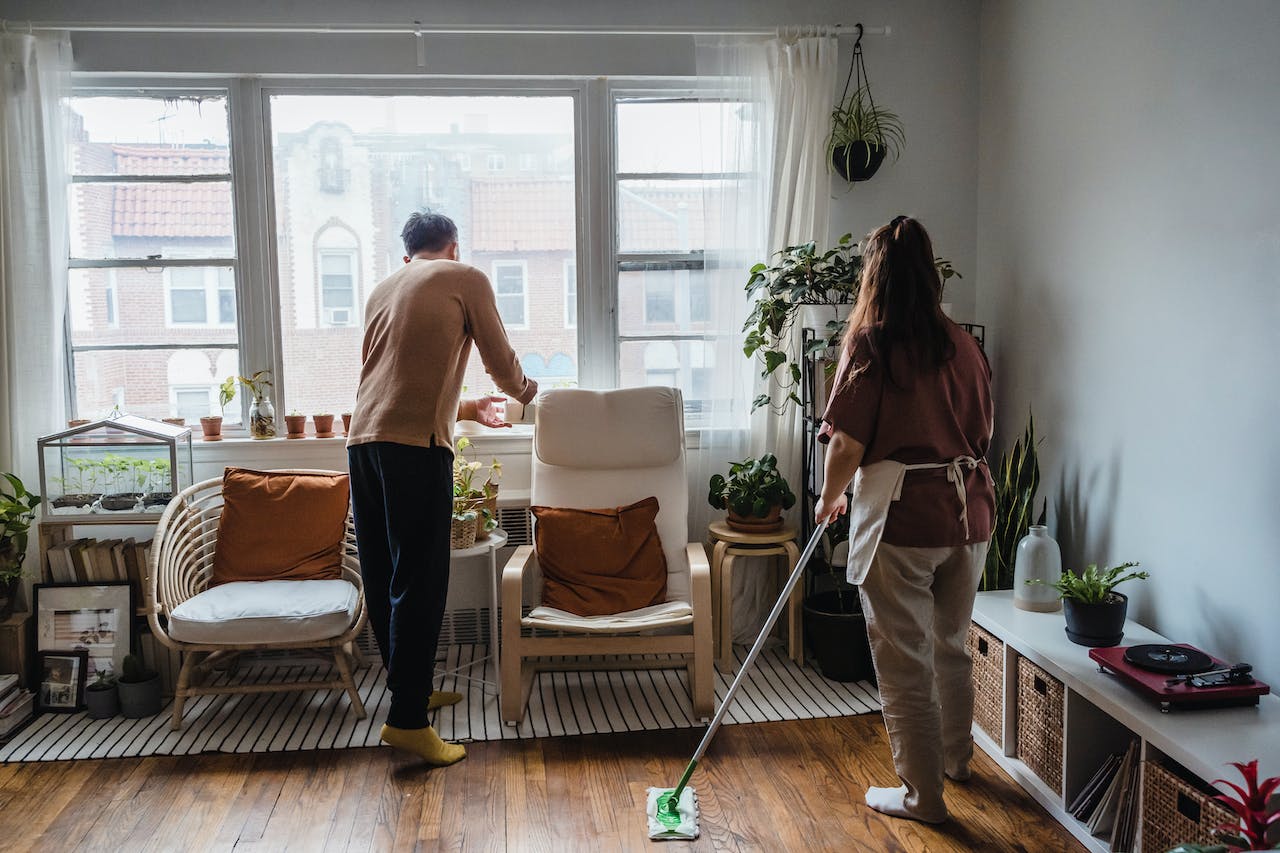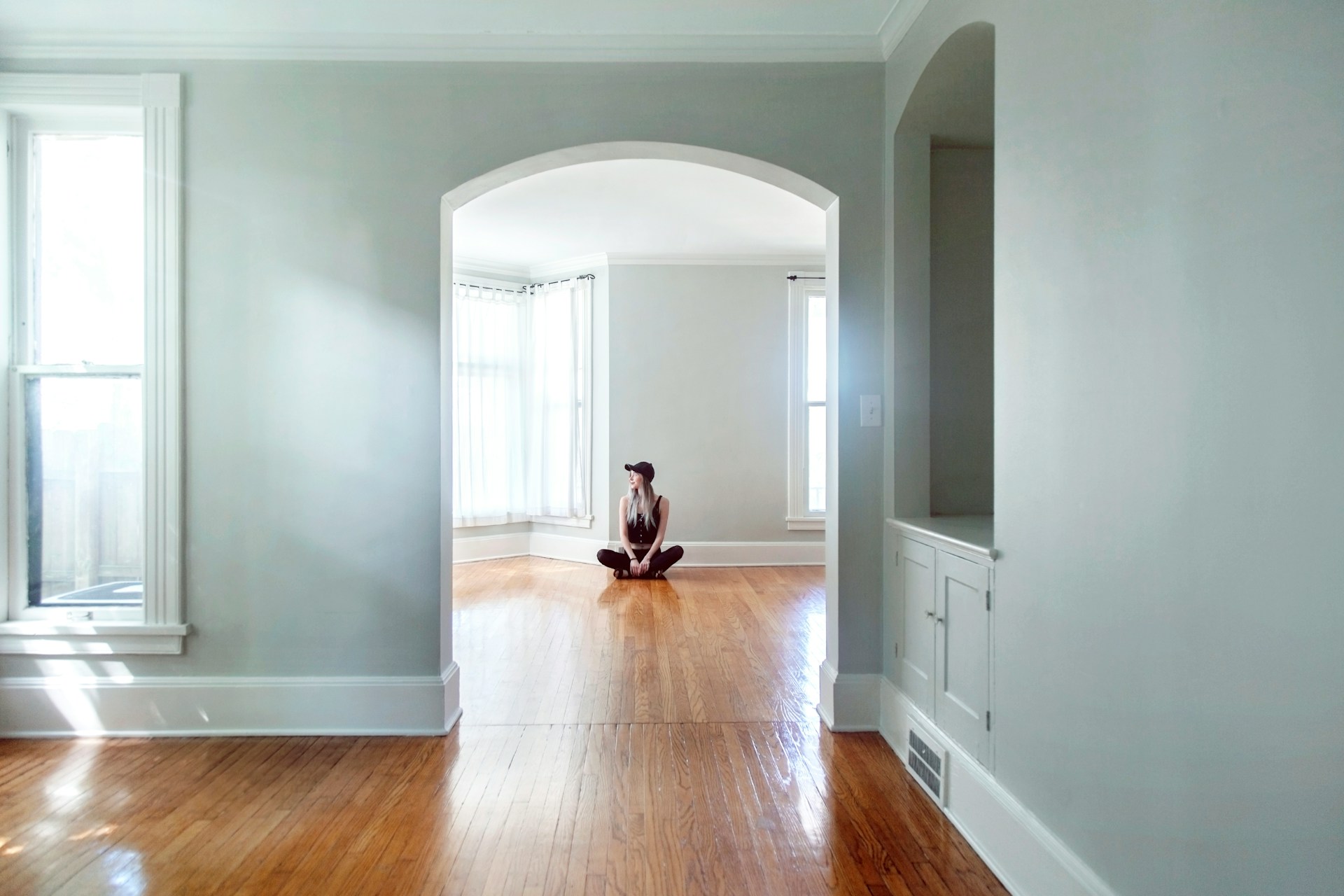Household size in the U.S. is inching up for the first-time in over a century due to lower housing inventory and skyrocketing rents. Accompanying this trend is the increase in “doubled-up households”—defined as households having one or more adults in addition to the head of household and spouse or partner. Doubled-up households often include an adult child living at home, two related or unrelated families residing together, or a parent living with an adult child. According to data from the U.S. Census Bureau, about one-third of adults live in doubled-up households nationwide.
While many young adults in expensive cities rent with roommates to save money, the typical doubled-up household consists of adult family members living together in a house that one of them owns. In fact, over three-quarters of doubled-up households are comprised of family members only. The Great Recession brought with it an increase in doubled-up households, with the total number increasing by nearly 5 million from 2007 to 2011. Young adults were particularly hard-hit—an additional 1.2 million adults aged 25 to 34 were living with their parents in 2011.
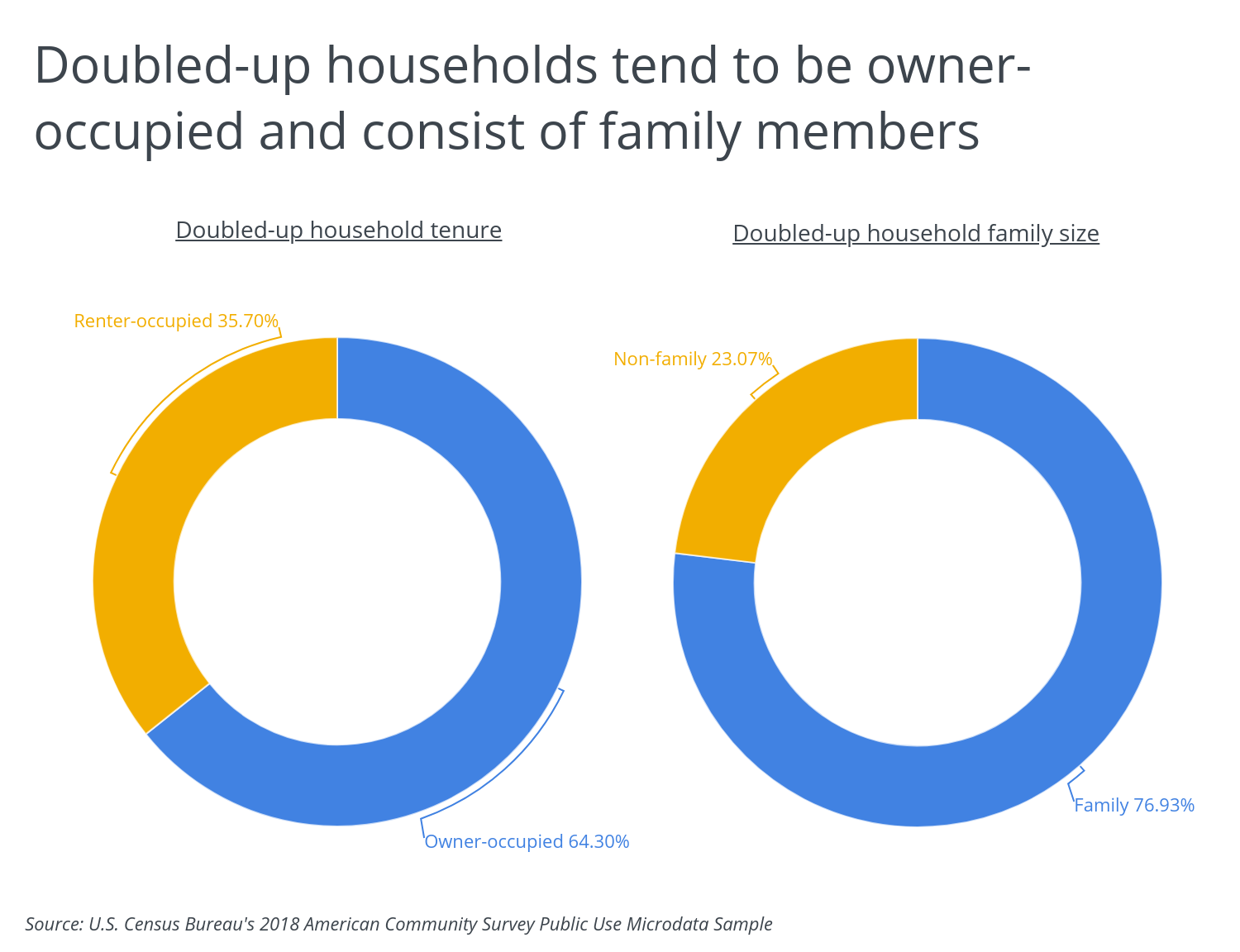
The share of adults living in doubled-up households varies significantly on a geographic level depending on cost of living and demographic composition. Large, expensive metropolitan areas tend to have more doubled-up households, as do locations where multi-generational living is more common. At the state level, Hawaii and California residents are the most likely to live with roommates. In Hawaii, over 47% of adults live in doubled-up households while almost 45% of Californian adults do. Conversely, Iowa and North Dakota residents are the least likely to live with roommates. Just 19.2% and 16.8% of adults living in Iowa and North Dakota, respectively, live in doubled-up households.
TRENDING
Porch is a powerful resource for homeowners making renovations. Whether replacing a hot water heater, painting a garage, or adding a wood fence for privacy, Porch has guides to help.
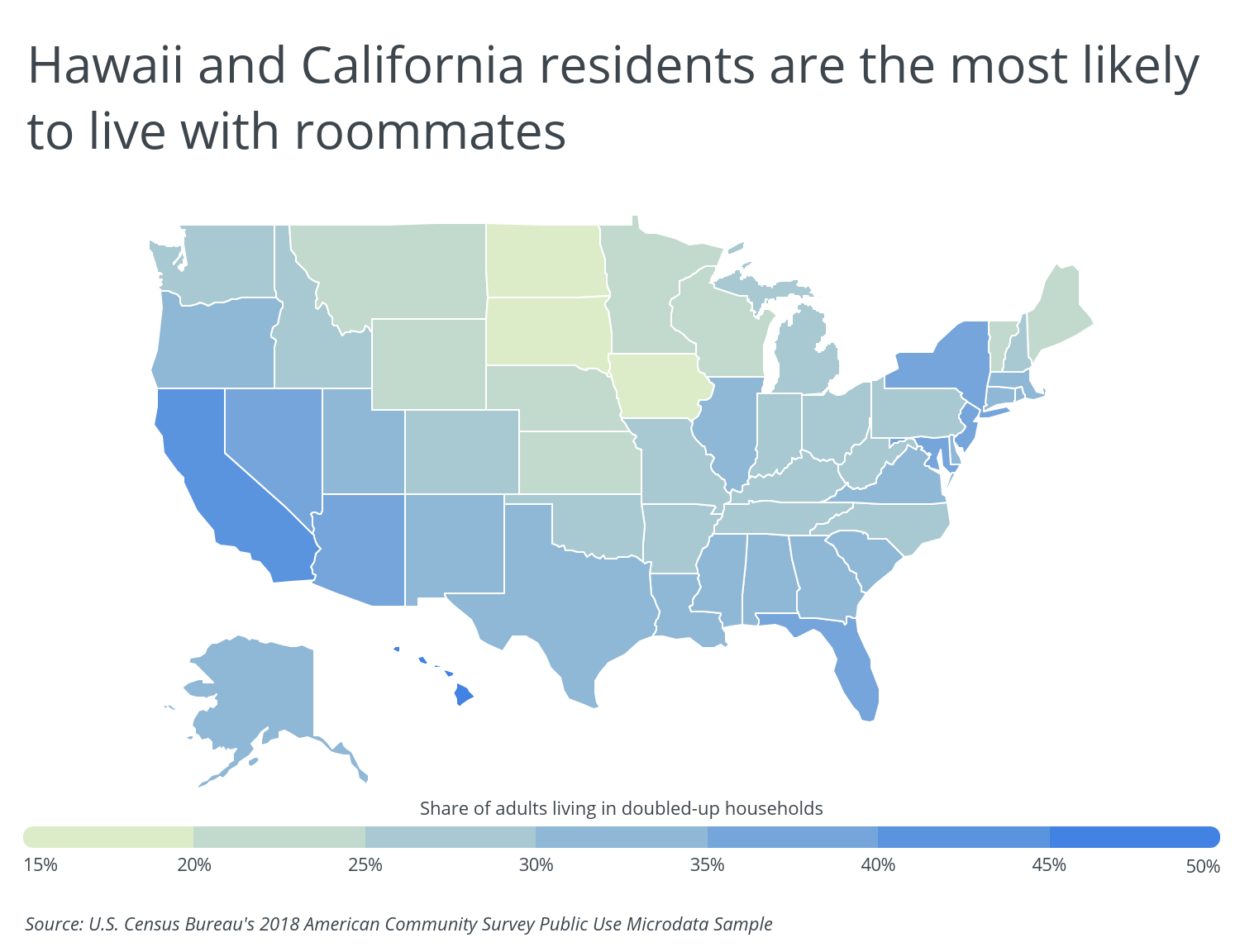
To find the metropolitan areas with the most adults living with roommates, researchers at Porch analyzed the latest data from the U.S. Census Bureau and the Department of Housing and Urban Development. The researchers ranked metro areas according to the share of adults living in doubled-up households. Researchers also calculated the average number of adults per doubled-up household, the share of doubled-up households that are renter-occupied, the share of income spent on current market rent (rent affordability), and how much a renter would save by living in a two-bedroom apartment with a roommate compared to living alone in a one-bedroom.
To improve relevance, only metropolitan areas with at least 100,000 people were included in the analysis. Additionally, metro areas were grouped into the following cohorts based on population size:
- Small metros: 100,000–349,999
- Midsize metros: 350,000–999,999
- Large metros: 1,000,000 or more
Here are the metropolitan areas whose residents are most likely to live with roommates.
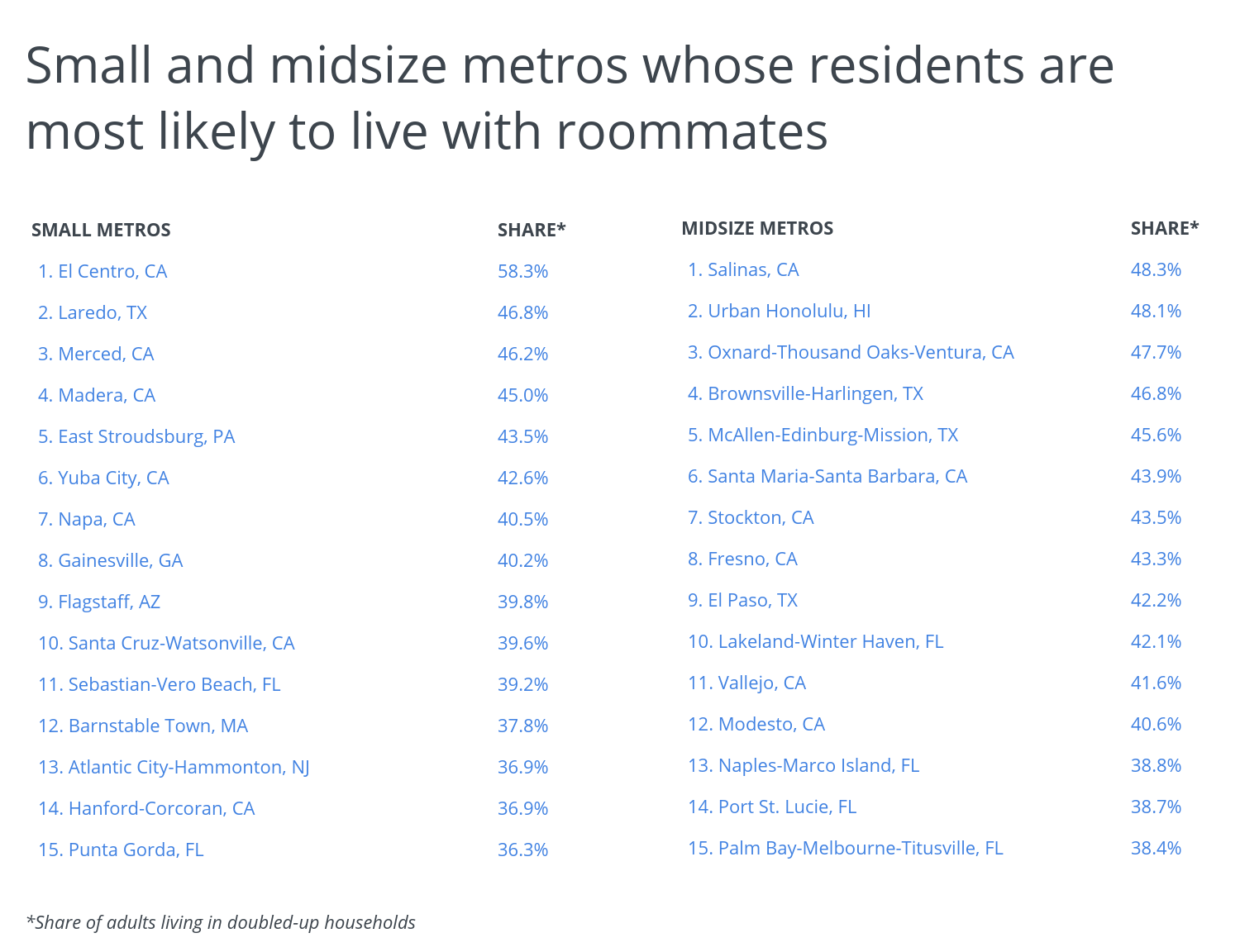
Large metros whose residents are most likely to live with roommates

Photo Credit: Alamy Stock Photo
15. Phoenix-Mesa-Chandler, AZ
- Share of adults living in doubled-up households: 36.0%
- Total number of adults living in doubled-up households: 945,801
- Total number of doubled-up households: 306,305
- Average number of adults per doubled-up household: 3.1
- Share of doubled-up households that are renter-occupied: 38.9%
- Share of income spent on current market rent: 34.8%
- Percentage saved by living with a roommate in a 2-br: 38.8%
RELATED
Looking to do a home renovation project? Find costs for tile installation, laminate flooring, concrete slabs, and more projects on Porch.

Photo Credit: Alamy Stock Photo
14. Baltimore-Columbia-Towson, MD
- Share of adults living in doubled-up households: 36.5%
- Total number of adults living in doubled-up households: 572,168
- Total number of doubled-up households: 199,395
- Average number of adults per doubled-up household: 2.9
- Share of doubled-up households that are renter-occupied: 29.7%
- Share of income spent on current market rent: 38.2%
- Percentage saved by living with a roommate in a 2-br: 37.7%

Photo Credit: Alamy Stock Photo
13. New Orleans-Metairie, LA
- Share of adults living in doubled-up households: 36.7%
- Total number of adults living in doubled-up households: 264,250
- Total number of doubled-up households: 80,626
- Average number of adults per doubled-up household: 3.3
- Share of doubled-up households that are renter-occupied: 31.5%
- Share of income spent on current market rent: 43.4%
- Percentage saved by living with a roommate in a 2-br: 40.6%

Photo Credit: Alamy Stock Photo
12. Sacramento-Roseville-Folsom, CA
- Share of adults living in doubled-up households: 37.1%
- Total number of adults living in doubled-up households: 481,928
- Total number of doubled-up households: 160,133
- Average number of adults per doubled-up household: 3.0
- Share of doubled-up households that are renter-occupied: 41.5%
- Share of income spent on current market rent: 39.6%
- Percentage saved by living with a roommate in a 2-br: 37.0%
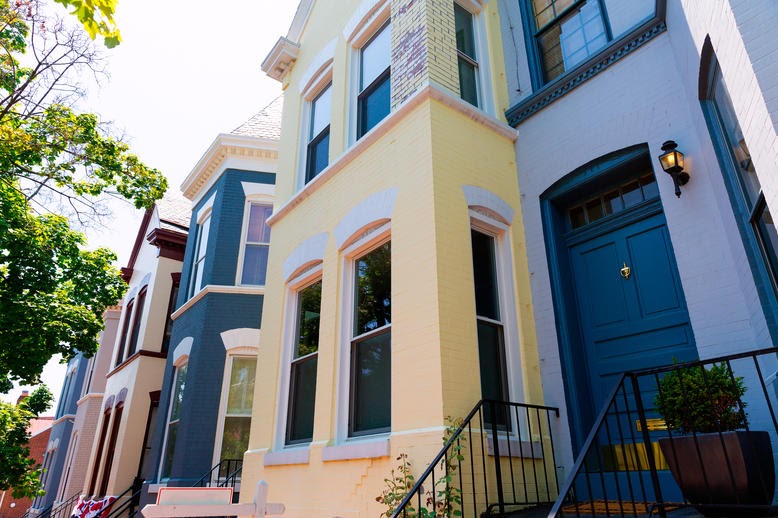
Photo Credit: Alamy Stock Photo
11. Washington-Arlington-Alexandria, DC-VA-MD-WV
- Share of adults living in doubled-up households: 37.1%
- Total number of adults living in doubled-up households: 1,337,067
- Total number of doubled-up households: 430,910
- Average number of adults per doubled-up household: 3.1
- Share of doubled-up households that are renter-occupied: 34.3%
- Share of income spent on current market rent: 36.6%
- Percentage saved by living with a roommate in a 2-br: 43.1%

Photo Credit: Alamy Stock Photo
10. Las Vegas-Henderson-Paradise, NV
- Share of adults living in doubled-up households: 39.3%
- Total number of adults living in doubled-up households: 496,784
- Total number of doubled-up households: 162,645
- Average number of adults per doubled-up household: 3.1
- Share of doubled-up households that are renter-occupied: 44.0%
- Share of income spent on current market rent: 34.8%
- Percentage saved by living with a roommate in a 2-br: 38.4%

Photo Credit: Alamy Stock Photo
9. San Antonio-New Braunfels, TX
- Share of adults living in doubled-up households: 39.9%
- Total number of adults living in doubled-up households: 532,646
- Total number of doubled-up households: 144,395
- Average number of adults per doubled-up household: 3.7
- Share of doubled-up households that are renter-occupied: 29.1%
- Share of income spent on current market rent: 34.5%
- Percentage saved by living with a roommate in a 2-br: 38.3%

Photo Credit: Alamy Stock Photo
8. Orlando-Kissimmee-Sanford, FL
- Share of adults living in doubled-up households: 40.4%
- Total number of adults living in doubled-up households: 583,046
- Total number of doubled-up households: 163,489
- Average number of adults per doubled-up household: 3.6
- Share of doubled-up households that are renter-occupied: 38.8%
- Share of income spent on current market rent: 39.1%
- Percentage saved by living with a roommate in a 2-br: 41.4%

Photo Credit: Alamy Stock Photo
7. San Francisco-Oakland-Berkeley, CA
- Share of adults living in doubled-up households: 41.3%
- Total number of adults living in doubled-up households: 1,175,570
- Total number of doubled-up households: 367,334
- Average number of adults per doubled-up household: 3.2
- Share of doubled-up households that are renter-occupied: 45.3%
- Share of income spent on current market rent: 44.0%
- Percentage saved by living with a roommate in a 2-br: 38.3%

Photo Credit: Alamy Stock Photo
6. San Jose-Sunnyvale-Santa Clara, CA
- Share of adults living in doubled-up households: 41.8%
- Total number of adults living in doubled-up households: 478,640
- Total number of doubled-up households: 154,180
- Average number of adults per doubled-up household: 3.1
- Share of doubled-up households that are renter-occupied: 45.1%
- Share of income spent on current market rent: 42.2%
- Percentage saved by living with a roommate in a 2-br: 39.6%

Photo Credit: Alamy Stock Photo
5. New York-Newark-Jersey City, NY-NJ-PA
- Share of adults living in doubled-up households: 42.0%
- Total number of adults living in doubled-up households: 4,776,256
- Total number of doubled-up households: 1,666,237
- Average number of adults per doubled-up household: 2.9
- Share of doubled-up households that are renter-occupied: 47.1%
- Share of income spent on current market rent: 46.0%
- Percentage saved by living with a roommate in a 2-br: 41.0%
TRENDING
Looking to do a home renovation project? Find costs for carpet installation, drywall installation, wood privacy fence and more projects on Porch.

Photo Credit: Alamy Stock Photo
4. San Diego-Chula Vista-Carlsbad, CA
- Share of adults living in doubled-up households: 42.5%
- Total number of adults living in doubled-up households: 808,706
- Total number of doubled-up households: 249,732
- Average number of adults per doubled-up household: 3.2
- Share of doubled-up households that are renter-occupied: 44.8%
- Share of income spent on current market rent: 48.3%
- Percentage saved by living with a roommate in a 2-br: 35.0%

Photo Credit: Alamy Stock Photo
3. Miami-Fort Lauderdale-Pompano Beach, FL
- Share of adults living in doubled-up households: 45.8%
- Total number of adults living in doubled-up households: 1,592,256
- Total number of doubled-up households: 453,038
- Average number of adults per doubled-up household: 3.5
- Share of doubled-up households that are renter-occupied: 39.5%
- Share of income spent on current market rent: 49.8%
- Percentage saved by living with a roommate in a 2-br: 37.0%

Photo Credit: Alamy Stock Photo
2. Riverside-San Bernardino-Ontario, CA
- Share of adults living in doubled-up households: 48.2%
- Total number of adults living in doubled-up households: 1,200,386
- Total number of doubled-up households: 346,975
- Average number of adults per doubled-up household: 3.5
- Share of doubled-up households that are renter-occupied: 31.3%
- Share of income spent on current market rent: 38.2%
- Percentage saved by living with a roommate in a 2-br: 37.4%

Photo Credit: Alamy Stock Photo
1. Los Angeles-Long Beach-Anaheim, CA
- Share of adults living in doubled-up households: 49.3%
- Total number of adults living in doubled-up households: 3,804,958
- Total number of doubled-up households: 1,186,245
- Average number of adults per doubled-up household: 3.2
- Share of doubled-up households that are renter-occupied: 48.4%
- Share of income spent on current market rent: 49.2%
- Percentage saved by living with a roommate in a 2-br: 36.1%
Detailed findings & methodology
Many of the metropolitan areas with the largest share of doubled-up households are located in California, where housing prices are high. Nearly half of adults living in the Los Angeles metro live in doubled-up households, and average L.A. renters would need to allocate about half of their income on rent in the current market. Expensive cities with high numbers of doubled-up adults tend also to have a larger share of renter-occupied, doubled-up households. In some of these cities, choosing to live with a roommate in a two-bedroom rental results in savings of more than 40% when compared to living alone in a one-bedroom apartment. Metros with high numbers of doubled-up adults but lower costs of living and rent—such as those in Texas and Florida—tend to have fewer renter-occupied doubled-up households. Doubled-up households in these metros are more likely to be family members living in a home they own.
Not surprisingly, residents living in cities with high rents are more likely to double up. Doubling up is also common with adults living in places with cheaper rent but lower median income. The COVID-19 pandemic and resulting recession has caused millions of Americans to lose their jobs or face other financial hardships, making it difficult to afford rent and mortgage payments. As a result, the coming years are likely to see another uptick in doubled-up households.
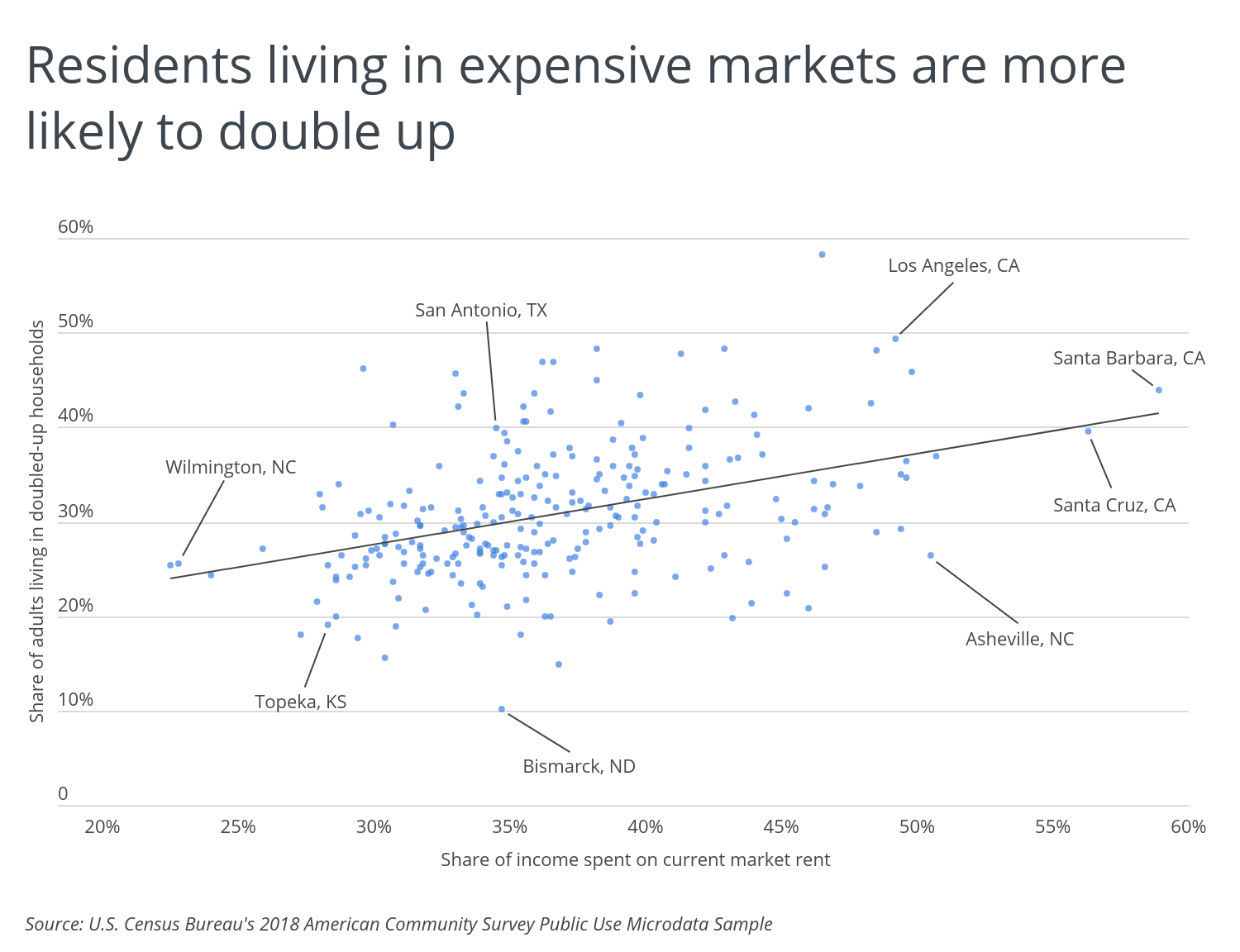
To determine the metros where adults are most likely to live with roommates, researchers at Porch analyzed the latest data from the U.S. Census Bureau’s 2018 American Community Survey Public Use Microdata Sample (ACS PUMS) and 2018 American Community Survey (ACS) and the Department of Housing and Urban Development (HUD). The researchers ranked metro areas according to the share of working-aged adults (between the ages of 23 and 65) living in doubled-up households, defined as having one or more adults in addition to the head of household and spouse or partner, such such as an adult child living at home, two related or unrelated families residing together, or a parent living with an adult child. In the event of a tie, the metro with the greater number of adults living in doubled-up households was ranked higher.
Using the ACS PUMS data, researchers also calculated the total number of adults living in doubled-up households, the total number of doubled-up households, the average number of adults per doubled-up household, and the share of doubled-up households that are renter-occupied. The share of income spent on current market rent was calculated using ACS data on median household income for renter households and average monthly rent data from HUD. Current market rent was calculated as the average of HUD’s fair market rent data for a studio, one-bedroom, two-bedroom, three-bedroom, and four-bedroom apartment.
HUD data was also used to calculate the percentage saved by living with a roommate in a two-bedroom apartment, defined as the percentage difference in rent between a one-bedroom apartment and rent for a two-bedroom apartment split in half.
Only metropolitan areas with at least 100,000 people were included in the analysis. Additionally, metro areas were grouped into the following cohorts based on population size:
- Small metros: 100,000–349,999
- Midsize metros: 350,000–999,999
- Large metros: 1,000,000 or more

